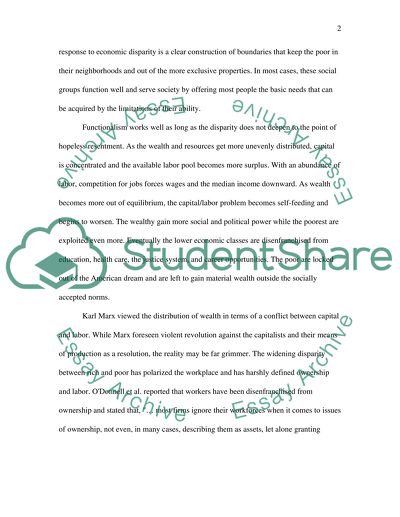Cite this document
(“Uneven distribution of wealth in the United States Essay”, n.d.)
Retrieved from https://studentshare.org/sociology/1521769-uneven-distribution-of-wealth-in-the-united-states
Retrieved from https://studentshare.org/sociology/1521769-uneven-distribution-of-wealth-in-the-united-states
(Uneven Distribution of Wealth in the United States Essay)
https://studentshare.org/sociology/1521769-uneven-distribution-of-wealth-in-the-united-states.
https://studentshare.org/sociology/1521769-uneven-distribution-of-wealth-in-the-united-states.
“Uneven Distribution of Wealth in the United States Essay”, n.d. https://studentshare.org/sociology/1521769-uneven-distribution-of-wealth-in-the-united-states.


